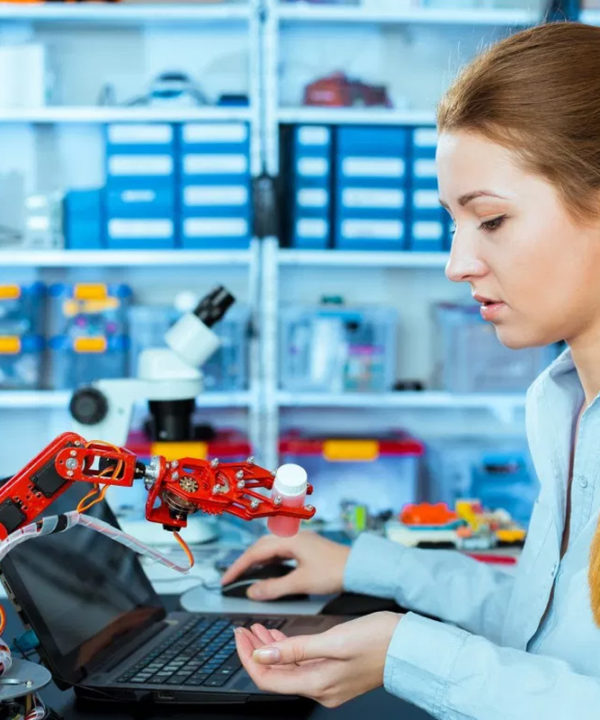
Nov . 23, 2024 14:25 Back to list
miniature angular contact ball bearing
Miniature Angular Contact Ball Bearings An Overview
Miniature angular contact ball bearings are crucial components in modern machinery and equipment, offering high precision and performance in applications where space is limited. These specialized bearings are designed to handle both axial and radial loads, making them ideal for various engineering sectors, including aerospace, robotics, medical devices, and electronics.
Understanding Miniature Angular Contact Ball Bearings
Miniature angular contact ball bearings differ from typical ball bearings primarily by the angle of the contact between the balls and the races. In standard ball bearings, the load is primarily radial, whereas angular contact bearings are designed to support combined loads—both radial and axial. This capability makes them suitable for applications that experience significant thrust loads alongside radial forces.
Typically, these bearings are characterized by their smaller dimensions, often with an outer diameter of fewer than 10 mm. Their compact size allows them to be used in applications where space constraints are a significant concern. Moreover, the angular contact design enables higher speed and improved stiffness in comparison to standard bearings, enhancing performance in demanding situations.
Design and Construction
The design of miniature angular contact ball bearings consists of an inner ring, an outer ring, a set of ball elements, and a cage that holds the balls in place. The inner and outer rings are typically made from high-quality steel or ceramic materials to ensure durability and reduce wear under high loads and speeds. The cages are designed from materials that provide both strength and lightweight characteristics.
One of the key design features of these bearings is the angle at which the balls contact the raceways. This angle can vary, commonly between 15 degrees to 40 degrees, depending on the application requirements. A greater contact angle allows the bearing to withstand larger axial loads; however, it may come at the expense of radial load capacity and speed. Therefore, selecting the right angular contact angle is crucial for optimizing bearing performance based on the specific requirements of the application.
miniature angular contact ball bearing

Applications
Miniature angular contact ball bearings find extensive use in various applications due to their versatility and performance. In the medical field, they are used in surgical instruments, diagnostic equipment, and imaging devices, where precision and reliability are paramount. In robotics, these bearings allow for high-speed rotation and accuracy in robotic arms and automated machinery.
The aerospace industry also benefits from miniature angular contact ball bearings, where they are employed in gyroscopes, control surfaces, and actuation systems. Their ability to withstand harsh conditions, including varying temperatures and pressures, makes them dependable in challenging environments.
In the electronics sector, miniature bearings are used in hard disk drives, cooling fans, and small motors. The demand for compact and efficient components in consumer electronics continues to drive the innovation and development of miniature bearings, as manufacturers strive for better performance with smaller sizes.
Maintenance and Care
To ensure the longevity and optimal performance of miniature angular contact ball bearings, regular maintenance is essential. This includes adequate lubrication to reduce friction, monitoring for signs of wear, and ensuring that the bearings are free from contaminants. By maintaining a clean and well-lubricated bearing, users can enhance the reliability and performance of their machinery.
Conclusion
Miniature angular contact ball bearings are vital components in various industries, offering exceptional performance in small packages. Their ability to handle both axial and radial loads while providing precision in tight spaces makes them indispensable in advanced applications like robotics, aerospace, and medical technology. As technology continues to evolve, the demand for these miniature bearings will likely increase, driving further innovation in their design and capabilities. Proper maintenance practices can help ensure these bearings perform reliably over their intended service life, making them an essential element in the machinery of tomorrow.
Latest news
-
Premium Deep Groove Ball Bearings | High Speed & Reliability
NewsAug.29,2025
-
Durable Scaffolding Clamps - Secure & Reliable Tube Connectors
NewsAug.28,2025
-
Common Failures in Thrust Ball Bearings and Solutions
NewsAug.22,2025
-
How Tapered Roller Bearings Can Take Shock Loads
NewsAug.22,2025
-
Angular Bearings in High-Precision Spindles
NewsAug.22,2025
-
The Impact of Misalignment on Cylindrical Roller Bearing Performance
NewsAug.22,2025
